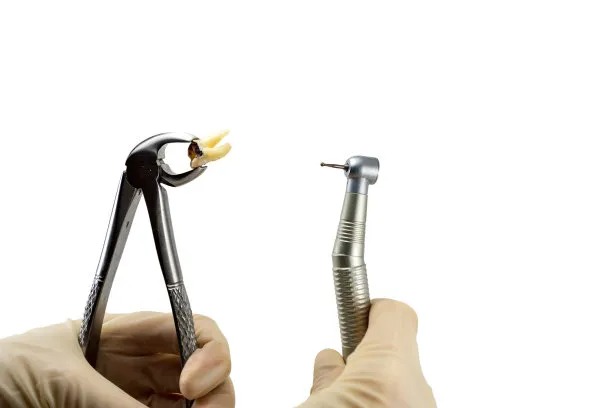Understanding the Process and Necessity of Extracting a Tooth for Optimal Dental Health and Wellbeing
Summary: Understanding the necessity and process of tooth extraction is crucial for maintaining optimal dental health and overall wellbeing. While tooth removal might seem daunting, this procedure can be essential when faced with severe decay, infection, or overcrowding. The article delves into the reasons behind tooth extraction, the steps involved in the process, post-extraction care, and potential alternatives to removal. By comprehensively exploring each aspect, we unravel the importance of tooth extraction in achieving superior oral health.
1. Reasons for Tooth Extraction

Tooth extraction may be necessary for several reasons, all aimed at preserving overall dental health. One of the most common reasons is severe tooth decay. When cavities progress beyond the point of repair, extraction becomes the only viable option to prevent further complications.
Another reason for tooth removal is periodontal disease. Gum infections can lead to the loosening of teeth, and extractions may be required to avoid the spread of infection and subsequent tooth loss.
Overcrowding is also a common rationale, particularly before orthodontic treatment. Removal of certain teeth may create adequate space to align the remaining teeth properly, thereby improving the overall aesthetic and functionality of one’s smile.
2. The Process of Tooth Extraction
The tooth extraction process begins with a comprehensive dental evaluation. The dentist will assess the condition of the tooth and utilize imaging techniques, such as X-rays, to visualize the underlying bone structure and root system.
Once a decision is made, the extraction can proceed, often with local anesthesia to ensure the patient’s comfort. The dentist will carefully loosen the tooth from its socket using specialized instruments and, if necessary, may break it into smaller pieces for easier removal.
After the tooth is extracted, the dentist will provide instructions on caring for the extraction site to minimize discomfort and promote healing. This typically includes guidance on pain management, dietary adjustments, and activities to avoid during the recovery period.
3. Post-Extraction Care and Recovery
After a tooth extraction, proper post-operative care is paramount. Patients are usually advised to bite down on a gauze pad for at least 30-45 minutes to control bleeding. If bleeding persists, additional gauze can be placed, and the individual should maintain a steady pressure.
Ice packs can be applied to the outside of the face to reduce swelling for the first 24 hours. It is important to limit physical activity and refrain from strenuous exercise during this period to facilitate healing.
Patients should adhere to a soft-food diet for a few days, avoiding hot, spicy, or crunchy foods that could aggravate the extraction site. Following the dentist’s aftercare instructions ensures a smooth recovery and mitigates any potential complications.
4. Alternatives to Tooth Extraction
Before resorting to tooth extraction, various alternatives can be explored. For instance, root canal treatment can save a tooth with severe decay or infection, allowing patients to maintain their natural teeth while treating the underlying issue.
In cases of overcrowding, orthodontics may provide a more conservative approach. Dental procedures like braces or aligners can creatively align teeth without necessitating removal.
Regular dental checkups can also help identify potential issues early, providing opportunities for preventive treatments that could negate the need for extraction altogether. Emphasizing preventive care is vital for long-term dental health and wellbeing.
Summary:
Tooth extraction is often seen as a last resort, yet it is sometimes essential for achieving optimal dental health. Understanding the reasons, process, and necessary aftercare is crucial for patients to navigate this procedure effortlessly.
Exploring alternative treatments and embracing preventive strategies can further enhance one’s dental journey and overall wellbeing.
This article is compiled by Vickong Dental and the content is for reference only.



